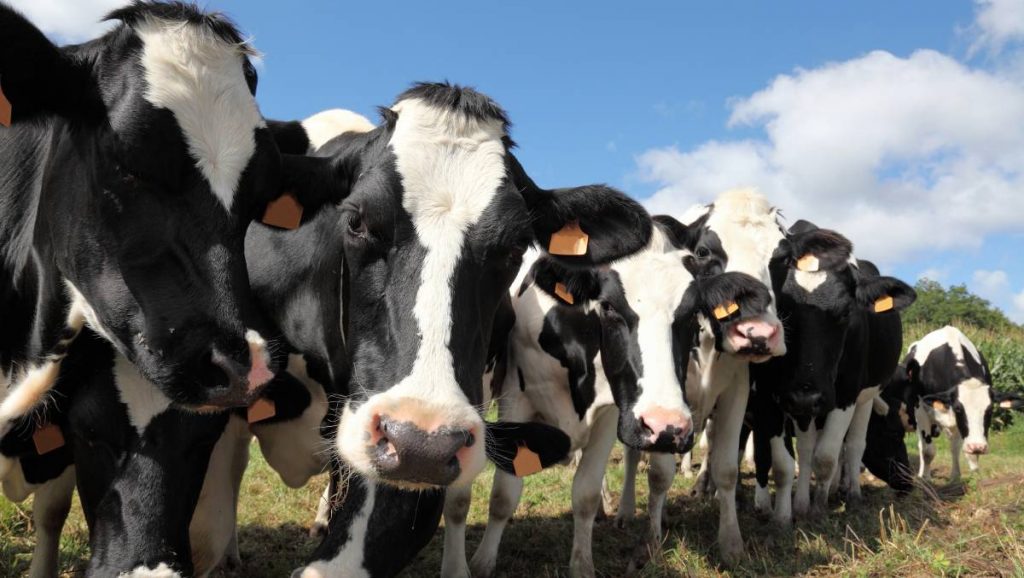DataVat’s animal search function allows the user to look up the genetic details of individual bulls or cows, including ABVs, indices, genetic codes, pedigree, progeny and indices graphs.
Powerful filters allow the user to create and sort shortlists of animals that meet their breeding priorities.
Updated with each ABV release, DataVat draws upon a database of more than 830,250 bulls from around the world.
Anyone can look up the genetic details for bulls and the top genotyped dairy females.
Herd owners can create a login account with DataVat to see the genetic details of their own cows, and herd reports such as the Genetic Progress Report.
READ MORE: Data finds cows worth $850 more
DataGene chief executive, Dr Matt Shaffer, said further enhancements were in development which would add more functionality to DataVat over time.
DataVat is a user-friendly window to the dairy industry’s Central Data Repository (CDR) which connects data from a variety of sources, such as the genetic evaluation system, breed societies, herd test centres and some on-farm software
“We are now at the stage of expanding data connections to create richer tools and resources,” Dr Shaffer said.
DataGene is also a partner in the International Dairy Data Exchange (iDDEN) which is working to streamline data exchange between dairy herds, milk recording organizations and dairy equipment manufacturers and other dairy organisations.
Dairy Australia has funded DataGene’s participation in the iDDEN which brings together milk recording organizations and databases across 13 countries.
Dr Shaffer said the international collaboration will provide industry databases with access to a range of data currently not captured.
“It is founded on strong principles of data governance and consent for data sharing,” he said.
“These issues will be of growing importance as the volume of data available on-farm increases and systems move to cloud-based solutions.”













